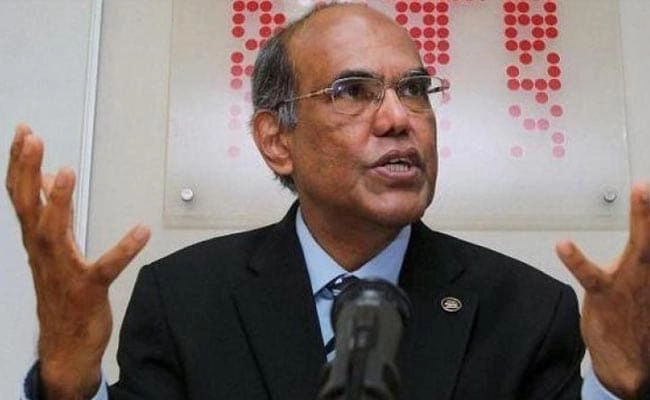The phrase “Make in India Need Not Become Make All That India Needs,” articulated by a former Governor of the Reserve Bank of India, highlights the critical distinction between fostering domestic manufacturing and creating a self-sufficient economy. While the “Make in India” initiative aims to promote manufacturing and attract foreign investment, it is essential to recognize that this should not translate into an insular approach where India seeks to produce all goods domestically, regardless of feasibility or efficiency. The initiative serves as a catalyst for economic growth, innovation, and job creation, but it must be balanced with the realities of global trade and market dynamics.
The former RBI Governor’s statement underscores the importance of strategic thinking in economic policy. India must focus on developing its manufacturing sector in sectors where it holds a competitive advantage, rather than attempting to produce every product within its borders. This perspective encourages collaboration with global supply chains, embracing imported goods and technologies that can complement domestic production. By doing so, India can foster a more resilient economy that is not overly reliant on a single source of production but is instead integrated into the global market.
Moreover, the emphasis should be on quality and sustainability. Industries should prioritize high-value manufacturing and innovation, rather than merely increasing output. By investing in research and development, and by enhancing skills training for the workforce, India can position itself as a leader in advanced manufacturing technologies. This approach can attract investment from multinational corporations looking for efficient production hubs, ultimately contributing to economic diversification and stability.
In conclusion, while “Make in India” is a commendable initiative aimed at bolstering the domestic economy, it is crucial to adopt a pragmatic approach that avoids the pitfalls of isolationism. The goal should be to enhance India’s manufacturing capabilities without compromising on the benefits of international trade and collaboration. By striking this balance, India can create a sustainable economic model that not only meets domestic needs but also integrates seamlessly into the global economy, ensuring long-term growth and prosperity.




